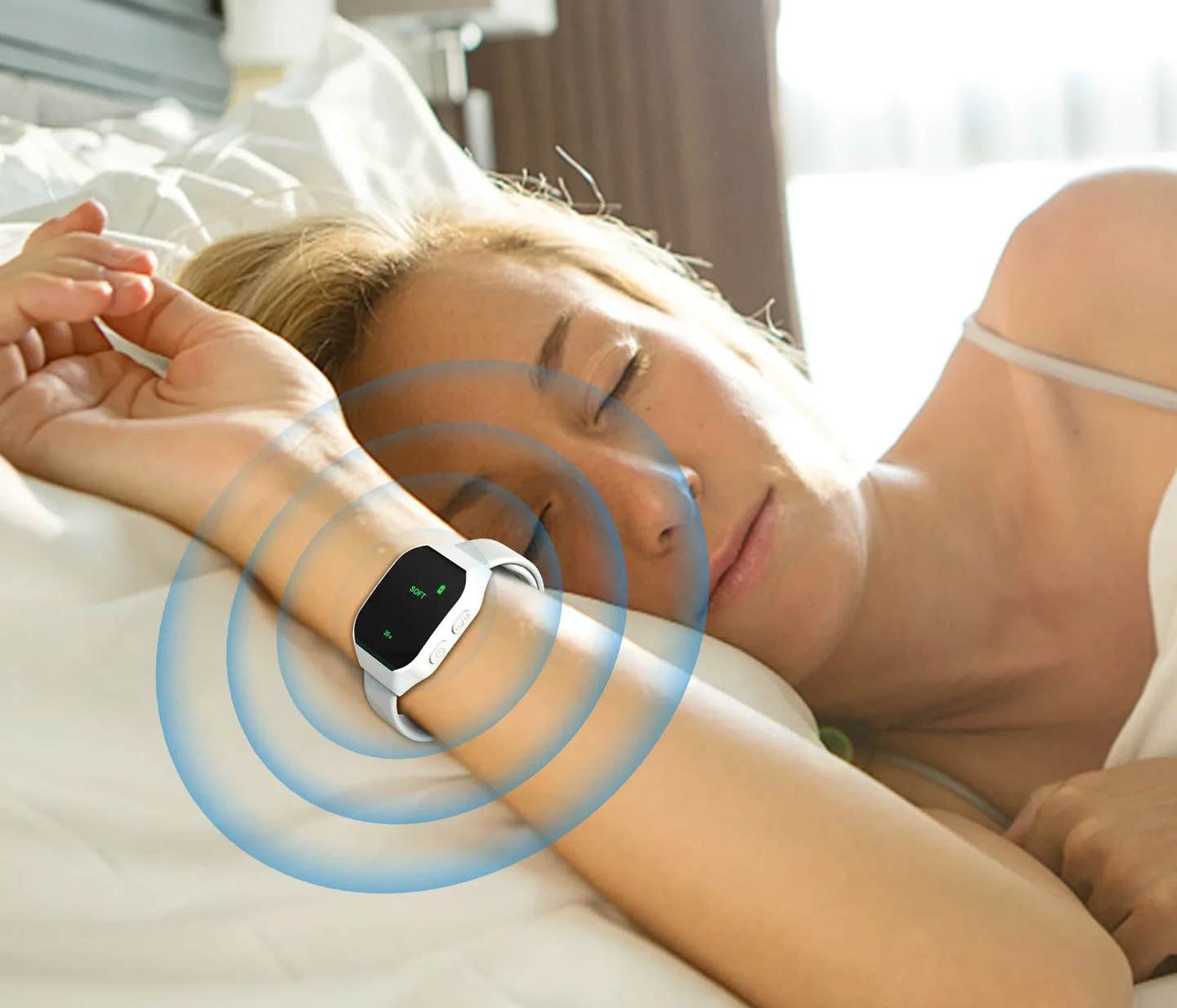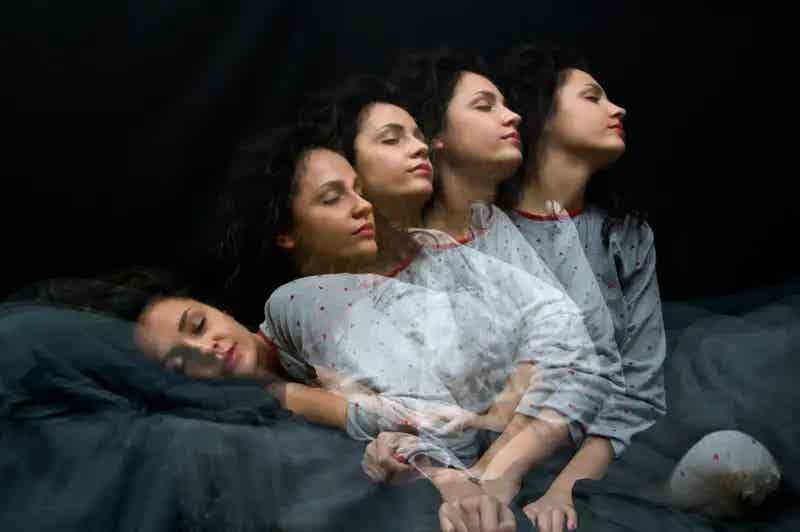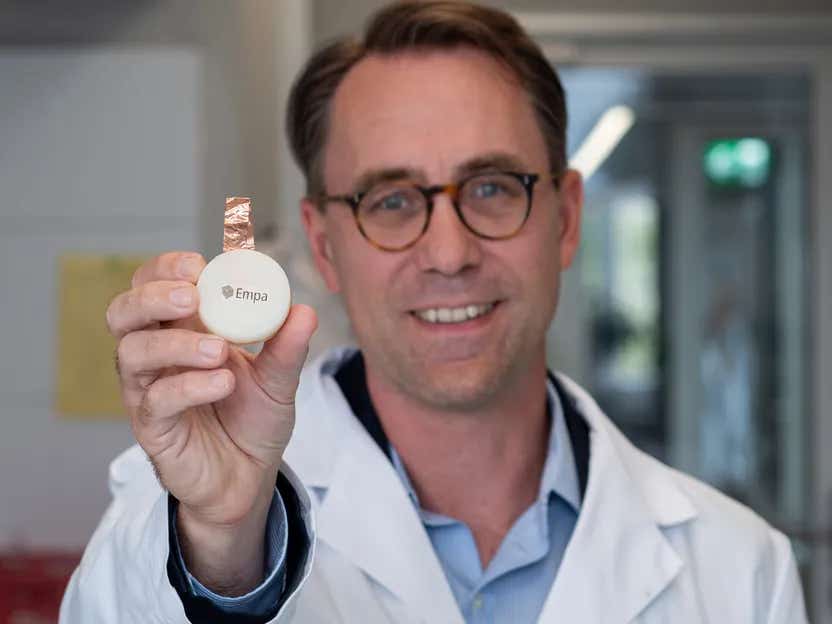New technology enables smartwatches to detect depression
Wearable technology is transforming mental health care by linking circadian rhythm disruptions to mood disorders like depression

New wearable technology reveals links between circadian rhythms and mental health, offering non-invasive solutions for depression. (CREDIT: CC BY-SA 4.0)
The pressures of modern living, including shift work and irregular schedules, are disrupting natural circadian rhythms. This disruption has been linked to the rising prevalence of mental health conditions worldwide.
Mood and anxiety disorders now affect nearly 20% of the global population, contributing significantly to mortality, disability, and illness.
Understanding these connections is vital to predicting and addressing mental health issues through modifiable factors like behavior, environment, and physiology. Among these, circadian rhythm disruption stands out as a critical factor.
Circadian rhythms are internal processes regulated by central and peripheral clocks in the body. Disruption occurs when these internal clocks misalign with one another or with behavioral rhythms, such as sleep-wake cycles.
Research has shown that shorter phase angles between sleep and circadian biomarkers correlate with increased depressive symptoms.
For instance, individuals with major depressive disorder or healthy participants with such misalignments report elevated symptoms of depression. This knowledge has fueled growing interest in circadian rhythms as potential targets for preventing and treating psychiatric disorders.
Although laboratory studies provide robust evidence of how circadian disruption affects mental health, real-world data remains scarce. Translating these findings into clinical practice requires continuous monitoring of circadian rhythms and sleep over extended periods. Wearable devices offer a promising solution.
These devices collect physiological and behavioral data, which can be analyzed using advanced computational models. Recent innovations, such as nonlinear Kalman filtering frameworks, enable the accurate inference of circadian biomarkers from noisy wearable data. These tools provide real-time insights into circadian disruptions and their potential links to mental health.
Mobile technologies have further advanced the ability to study circadian rhythms and mental health on a large scale. Applications like the Intern App have enabled researchers to gather passive data on mood, activity, and heart rate from large cohorts.
Related Stories
One prominent study, the Intern Health Study, used this approach to assess the relationship between sleep patterns and depression among medical trainees. Findings revealed that reduced total sleep time, later bedtimes, and greater day-to-day variability in sleep patterns increased depression risk. These insights underscore the value of wearable and mobile technologies in identifying mood and depressive symptoms linked to circadian disruptions.
In a recent study, researchers derived statistical measures of circadian rhythms from wearable data, including heart rate, activity levels, and sleep.
These measures captured three key markers of circadian disruption: misalignment between the central oscillator and sleep midpoint, misalignment between the peripheral oscillator and sleep midpoint, and internal misalignment between central and peripheral oscillators. Each marker reflects distinct components of circadian disruption and provides unique insights into physiological and behavioral rhythms.
The study, conducted as part of the Intern Health Study, examined the relationship between these circadian markers and mood among medical trainees. Results indicated that misalignment between the central oscillator and sleep midpoint had the most significant negative impact on next-day mood.
Conversely, internal misalignment between central and peripheral oscillators was most influenced by mood. The study also found clear associations between circadian disruption and specific depressive symptoms, such as sleep disturbances, appetite changes, and difficulty concentrating.
These findings align with previous laboratory research and highlight the potential of wearable-based approaches to monitor mental health in real-world settings.
A groundbreaking collaboration between researchers at KAIST and the University of Michigan has further expanded the scope of digital health technologies. The team developed a digital biomarker to predict depressive symptoms using data from wearable devices.
This biomarker provides a less invasive and more cost-effective alternative to traditional methods, such as polysomnography and frequent hormone measurements, which are economically and logistically burdensome for many patients. By leveraging mathematical modeling and wearable technology, the researchers created a digital twin of the circadian clock that accurately estimates its phase and disruption levels.
This digital twin technology has the potential to revolutionize mental health care. In a large-scale study involving approximately 800 shift workers, researchers demonstrated that circadian disruption biomarkers could predict mood changes and depressive symptoms, including sleep problems, appetite changes, and suicidal thoughts.
The findings underscore the importance of addressing circadian rhythm disruption as part of mental health interventions, particularly for populations at high risk of mood disorders.
The implications of these advancements extend beyond individual treatment. Wearable technologies offer a scalable solution for continuous, non-invasive mental health monitoring. This approach could help socially disadvantaged populations overcome barriers to accessing traditional mental health care.
For example, wearable-based monitoring systems could alert individuals to early signs of depression, enabling timely interventions such as seeking counseling or adjusting work schedules.
Professor Dae Wook Kim of KAIST emphasized the significance of this research in transforming mental health care. “It is very meaningful to conduct research that provides clues for applying wearable biometric data to actual disease management,” he said. “This study presents a new paradigm for mental health care, enabling continuous monitoring and empowering individuals to take active steps toward managing their mental health.”
The findings of this research were published in the international academic journal npj Digital Medicine. The study’s large-scale approach and integration of wearable technology and advanced mathematical modeling mark a significant milestone in understanding the complex relationship between circadian rhythms and mental health.
This innovative methodology bridges the gap between laboratory findings and real-world applications, offering new hope for improving mental health outcomes.
Note: Materials provided above by The Brighter Side of News. Content may be edited for style and length.
Like these kind of feel good stories? Get The Brighter Side of News' newsletter.
Rebecca Shavit
Science & Technology Journalist | Innovation Storyteller
Based in Los Angeles, Rebecca Shavit is a dedicated science and technology journalist who writes for The Brighter Side of News, an online publication committed to highlighting positive and transformative stories from around the world. With a passion for uncovering groundbreaking discoveries and innovations, she brings to light the scientific advancements shaping a better future. Her reporting spans a wide range of topics, from cutting-edge medical breakthroughs and artificial intelligence to green technology and space exploration. With a keen ability to translate complex concepts into engaging and accessible stories, she makes science and innovation relatable to a broad audience.



